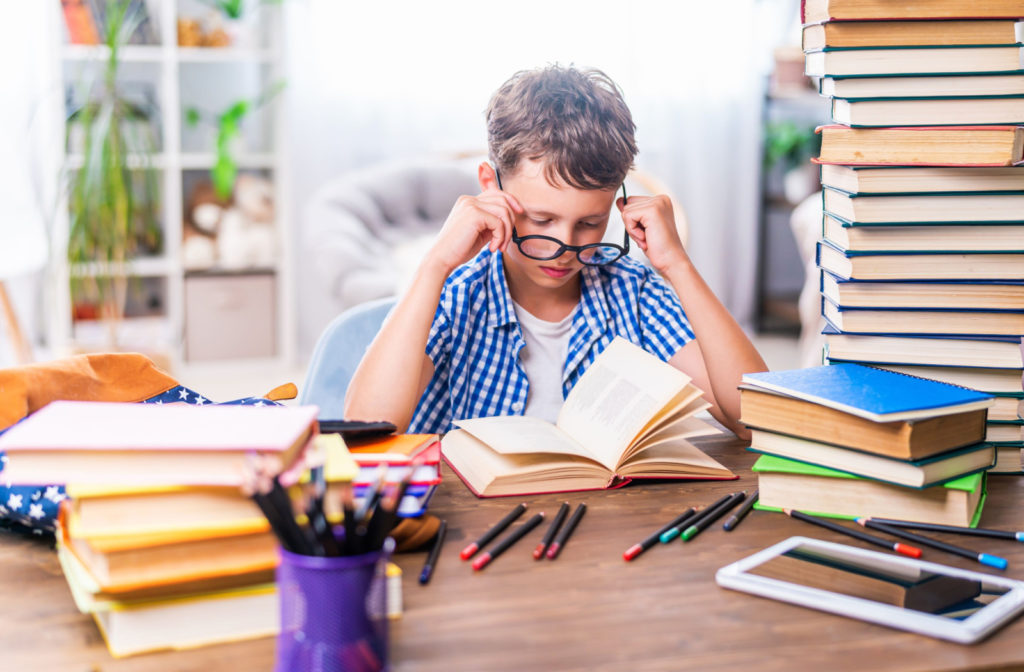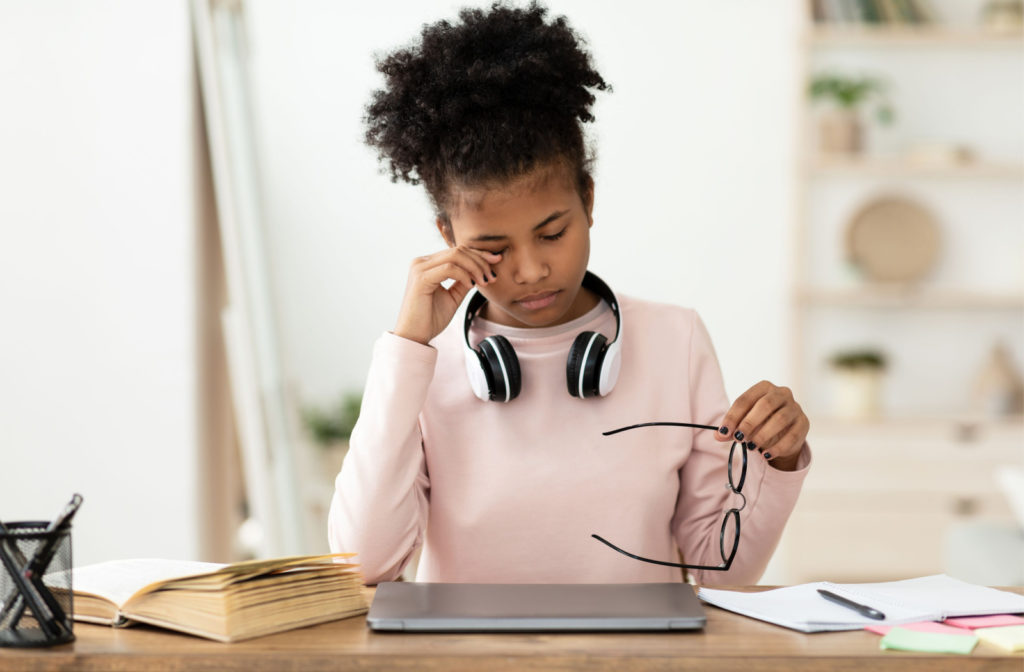A majority of learning done by children is done visually. So, it stands to reason that untreated poor vision can lead to difficulties learning in children. Many schools offer some limited testing to help determine whether there are any physical or mental issues preventing a child from learning properly.
However, the best way to determine if a child’s learning is affected by poor vision is through a comprehensive eye examination by a qualified eye doctor. Correcting a child’s poor vision gives them the best chance at academic success.
Myopia (or nearsightedness) is a prevalent condition that affects many children. The benefit of catching it early through an eye exam is that several myopia control treatments can successfully slow down or delay the development of the condition.
Difficulty Concentrating
The ability to concentrate is an integral part of being in school. When a child struggles with poor vision, they may find it hard to focus on the presentation at the front of the class. Or, they may be having trouble reading a book at their desk.
If a child spends all their time in class trying to figure out what things say or look like because they can’t see properly, this takes their focus off of learning the material.
Decreased Hand-Eye Coordination
Hand-eye coordination is essential whether it’s printing, art class, or sports. When a child is unable to see what they’re doing clearly, they will likely experience decreased hand-eye coordination.
The best-case scenario is this only inhibits their ability to learn (not an ideal best-case scenario). But the worst-case scenario is that low hand-eye coordination could lead to injury while playing sports or playing with their friends on the playground.
Lower Reading Comprehension
There are many options nowadays to have books read to you by an app. However, in school, this is not usually the case. The whole point is to learn to read, comprehend, and understand what you’re reading.
When poor vision reduces a child’s ability to read, it’s that much more difficult for them to increase their reading comprehension.

Difficulty Communicating
One of the most important parts of building relationships with others is communication. This can be verbal, but it’s often visual too. For example, facial expressions or body language like hand gestures are two means of visual communication.
If a child has trouble seeing, they may miss important social or academic cues. This could lead to trouble making friends or not getting the assistance they need with their work.
Lack of Confidence
Perhaps one of the biggest things that poor vision in children can cause regarding their education is a lack of confidence. In many ways, a lack of confidence will likely stem from reasons already discussed.
Lack of confidence in itself doesn’t necessarily inhibit a child’s ability to learn. However, if a child lacks confidence, they may be unwilling to step out, try new things, or grow in new ways. Ultimately this lack of confidence may cause feelings of inadequacy which can lead to not even trying to learn, in addition to other problems.
Signs a Child May Have Poor Vision
Aside from getting a comprehensive eye examination, there are a few signs that you can watch out for that may indicate vision problems for your child:
- Squinting
- Trying to sit close to the television or the front of the class
- Excessive eye rubbing
- Getting headaches often or complaining of eye discomfort
- Tilting their head or covering one eye
- Difficulty concentrating on their school work or other projects
- Avoid reading and other similar activities.
None of these signs guarantees that your child has poor vision because they could indicate other things. There may also be nothing to worry about. However, if your child is showing any of these signs regularly, then an appointment with the eye doctor is a good idea.
Correcting Poor Vision
Depending on what the problem is with the child, vision correction could entail several things. For example, prescription glasses could be the answer if they are near or far-sighted. If they are responsible enough, contact lenses could also be an option.
Another possibility is an eye patch or medicated eye drop if a lazy eye is an issue. Whatever the case, the optometrist will be able to work with you to find a treatment plan that works best for your child.
What to Do if You Suspect Your Child Has Poor Vision
Vision problems are not uncommon in children; unfortunately, poor vision often goes undetected until the problem is far worse than it should have been. The American Optometric Association recommends that school-aged children from 6 to 17 receive an eye examination annually.
However, even if your child has recently had an eye examination, they should get another if signs of low vision begin. If you’re unsure whether or not your child needs another exam before their regularly scheduled one, give our Amarillo optometrist a call. Our helpful staff at EyeCare Plus are happy to answer all your questions and get you in to see an optometrist.



